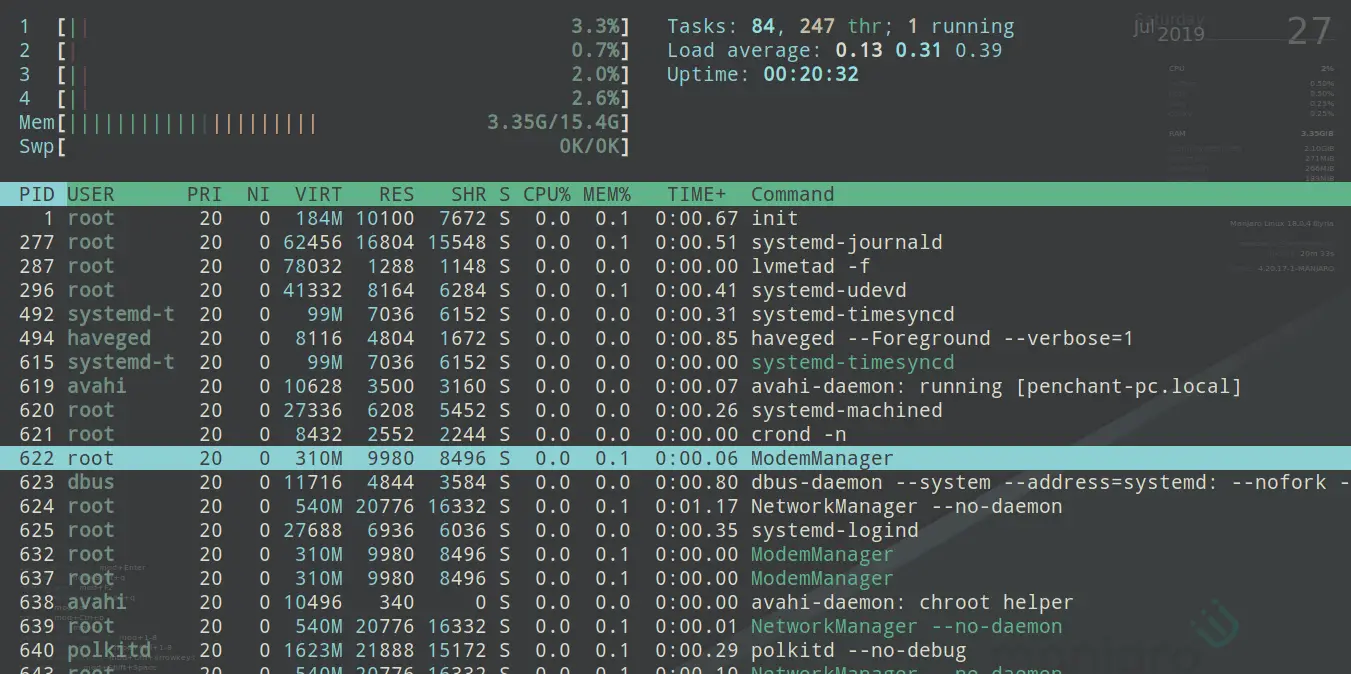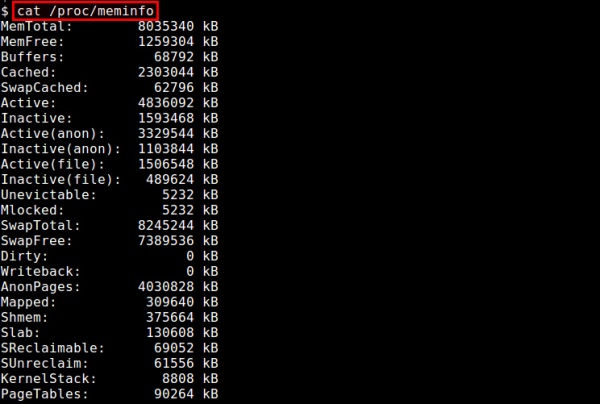
The easiest way to check the instantaneous memory and CPU usage of a job is to ssh to a compute node your job is running on. If your job is already running, you can check on its usage, but will have to wait until it has finished to find the maximum memory and CPU used. To know how much RAM your job used (and what jobs like it will need in the future), look at the "Maximum resident set size" Running Jobs

Minor (reclaiming a frame ) page faults: 30799 Maximum resident set size (kbytes ): 6328 Stress-ng: info: successful run completed in 10.08sĬommand being timed: "stress-ng -cpu 8 -timeout 10s"Įlapsed (wall clock ) time (h:mm:ss or m:ss ): 0:10.09 You also have option to kill the process from the same window by right-clicking on it and selecting the kill option.Īs I mentioned earlier, most of these tools fetch the information from the proc/meminfo file, which can be read directly.National ~ ]$ /usr/bin/time -v stress-ng -cpu 8 -timeout 10s Similar to Windows Task Manager, you can view the memory usage, CPU usage, and other data for each individual process. In the Processes tab, you can see all the processes that are currently running on your Linux operating system. Resource tab gives the graphical view of the usage. The System Monitor has two tabs we’re interested in: the Processes and Resources tabs. Type “ System Monitor” in the start menu’s search bar and press Enter. You can check the memory, CPU and network usage in real-time in GUI by using System Monitor. You can use -m(mb), -g (gb), -t(total) with free command to understand the value easily –

Total amount of free and used physical memory.Instead, what you’ll get is an instant snapshot of the free and used memory in that moment.

Note : The output of this command is not in real time. This command gives the simple view of the amount of free and used memory.


 0 kommentar(er)
0 kommentar(er)
